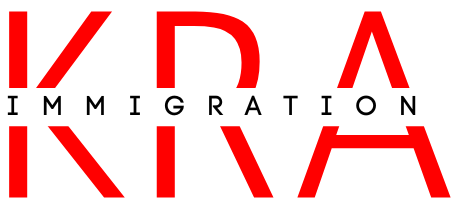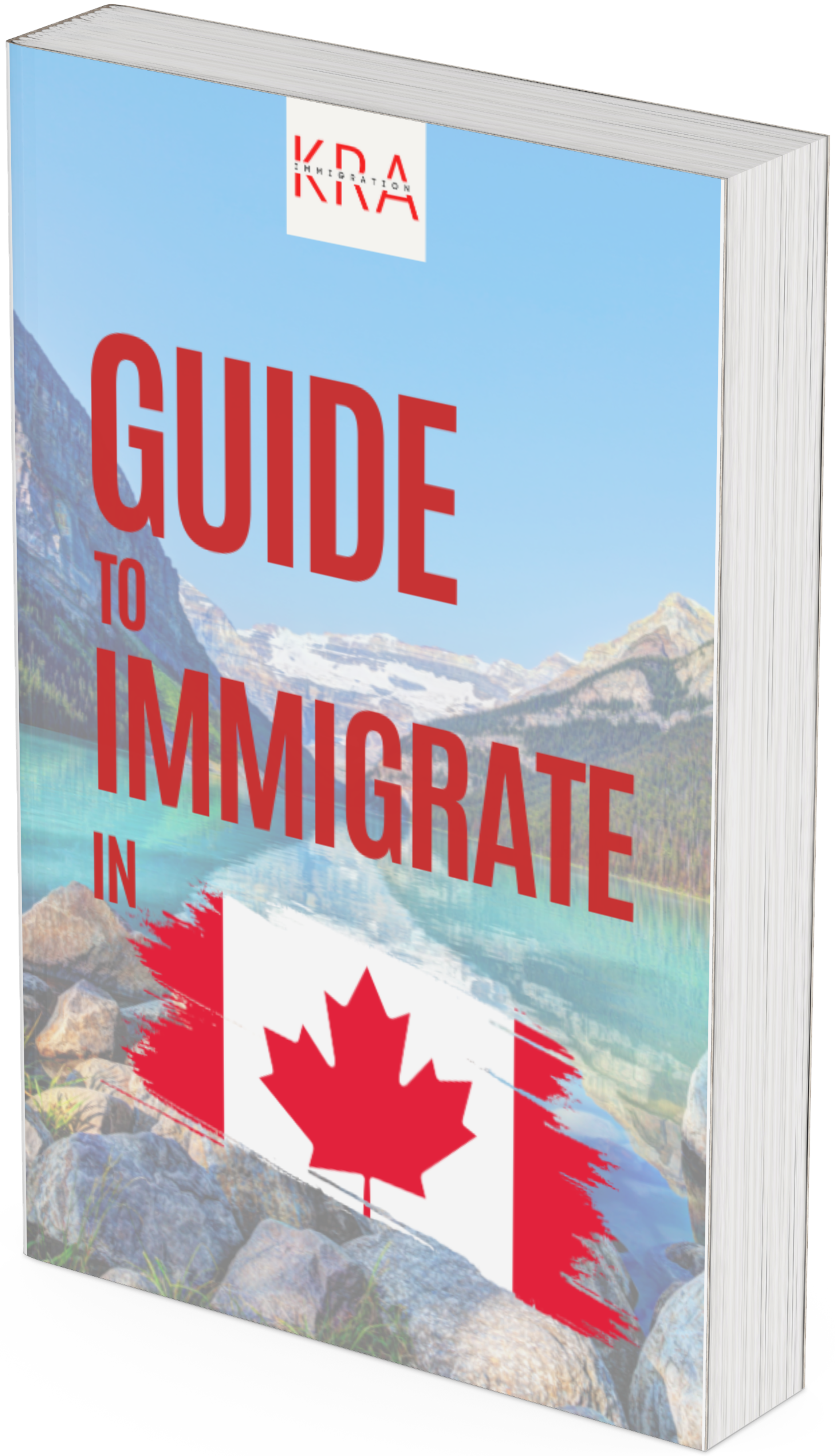Myths vs. Realities of Canadian Immigration
Canada, known for its diversity, inclusivity, and opportunity, attracts immigrants from around the world each year. However, the process of immigration to Canada is often misunderstood due to a mixture of myths and assumptions. Let’s dispel some common myths with a clearer understanding of what immigration to Canada truly entails.
Myth 1: Canada Accepts Everyone Who Applies
Reality: While Canada is known for welcoming immigrants, it does not have an open-door policy for everyone who applies. Canada has structured immigration programs that aim to fill specific needs in its economy and address labor shortages. The selection process is competitive and based on a points system that evaluates candidates on factors such as age, education, work experience, and language skills, particularly for the Express Entry program. Other programs, like the Provincial Nominee Programs (PNPs), cater to specific provinces’ needs. Only those who meet Canada’s criteria and qualify under its programs will receive invitations to apply.
Myth 2: Immigrants Automatically Get Jobs upon Arrival
Reality: Canada encourages skilled immigrants to join its workforce, but having skills does not guarantee a job upon arrival. Although some streams require a job offer, many immigrants arrive without one. Job search success depends on many factors, including language proficiency, field of expertise, and understanding of the Canadian job market. Immigrants often face the challenge of obtaining Canadian work experience and might need to upskill or undergo re-certification to meet Canadian standards. Networking, persistence, and sometimes patience are essential to securing employment. While Canada offers programs to support new immigrants in finding jobs, employment is not automatic or guaranteed.
Myth 3: Family Sponsorship Only Applies to Spouses and Children
Reality: Canada’s Family Sponsorship program does allow permanent residents and citizens to sponsor their spouses, common-law partners, and children. However, it extends beyond just immediate family. There are provisions for sponsoring parents and grandparents, as well as for orphaned relatives under 18, such as nieces, nephews, or grandchildren, under certain conditions. Additionally, Canada has a “Lonely Canadian” rule, which allows citizens or permanent residents without other family members to sponsor one relative of any age or relationship if they have no other family in Canada. These options illustrate Canada’s commitment to family reunification, although there are rules and limitations within each sponsorship category.
Myth 4: It’s Easier to Immigrate to Canada than Other Countries
Reality: While Canada’s immigration system is known for being well-organized and streamlined, it is not necessarily easier than other countries’ systems. The process can still be complex, time-consuming, and competitive. Candidates for Express Entry, for example, need a high Comprehensive Ranking System (CRS) score to be invited to apply, and meeting these benchmarks can be challenging. There are also various steps, including language testing, credential evaluations, and financial requirements, which make the process rigorous. Canada’s immigration pathways, although clear, demand preparation and commitment from applicants to meet the criteria.
Myth 5: Immigrants Overburden the Canadian Healthcare and Social System
Reality: One of the most prevalent myths is that immigrants strain Canada’s healthcare and social systems. In fact, studies show that immigrants contribute to Canada’s economy, often paying more into the system than they take out. Immigrants, particularly young, skilled workers, join the workforce and contribute to the tax base, which funds public services. Additionally, Canada’s immigration policy favors younger, skilled workers who typically are healthier and do not immediately place high demands on healthcare. The system is structured to ensure that those who come to Canada are net contributors, which ultimately strengthens Canada’s economic base and social infrastructure.
Myth 6: Canada is Primarily Interested in Skilled Workers and Ignores Refugees
Reality: While Canada does prioritize skilled workers in its immigration system, it also maintains a strong humanitarian commitment. Canada resettles thousands of refugees each year, providing safe haven to those fleeing persecution and danger. There are distinct programs for economic immigration, family reunification, and humanitarian efforts. Canada has a longstanding tradition of supporting refugees, with numerous programs dedicated to their integration and support. The country balances its economic needs with humanitarian considerations, making space for both skilled workers and vulnerable populations in need of protection.
Conclusion
The myths surrounding Canadian immigration often stem from misunderstandings or simplified perceptions of the process. Canada’s immigration system is well-structured, balancing economic growth with humanitarian principles, and valuing family unity. However, immigration to Canada requires meeting specific criteria and a considerable amount of preparation. Potential immigrants are encouraged to thoroughly research the pathways available and seek accurate information to navigate the process successfully. By understanding the realities, aspiring immigrants can better assess their options and prepare for the journey to becoming part of Canada’s vibrant, diverse society.



